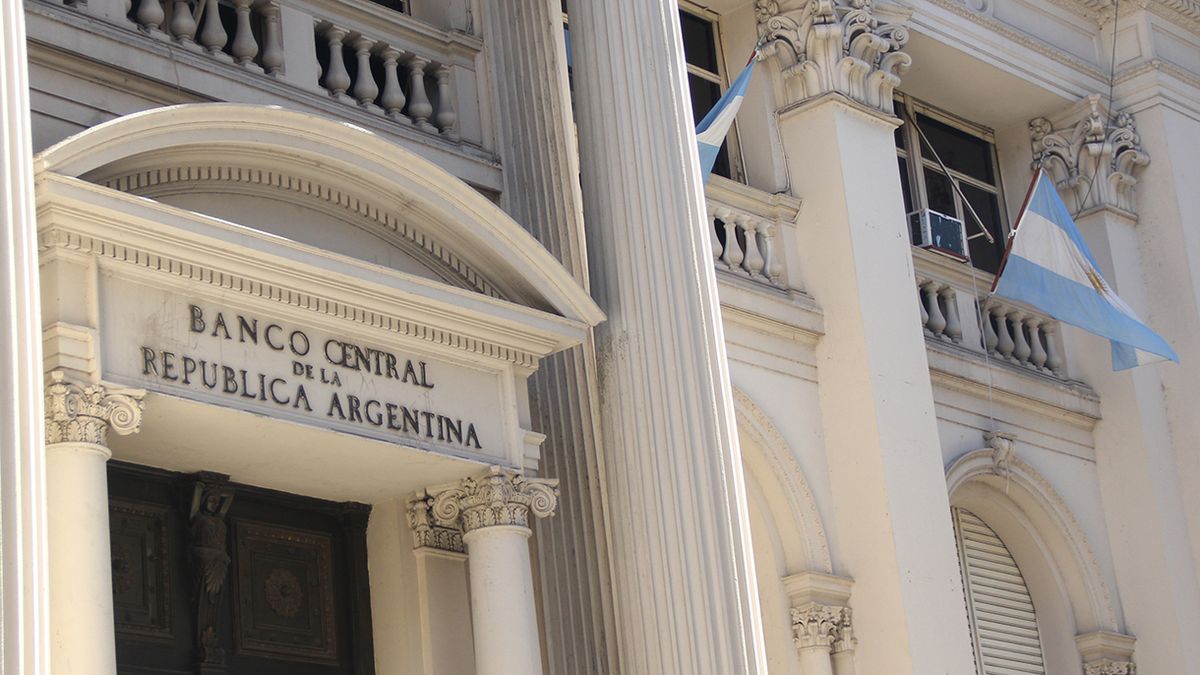In this context, the Central Bank (BCRA) will make a decision. Official sources confirmed to Area that there will be a new rate hike and no more are ruled out during the year. The rise will respond not only to inflation prospects but also to a need to turn them positive in real terms, as demanded by the IMF to appease the nervousness of investors who do not rule out a reprofiling of the debt, despite the fact that Economy Minister Martín Guzmán went out to discard it. In principle, according to market surveysthe interest rate could increase by around 200 basis points.
Although yields are expected to continue to be below inflation, the aim is to move towards said trend in order to recover investors’ appetite for the local currency. The entity systematically increased the rate since January, when it was at 38%, well above the adjustments decided by other central banks in the region.
What are the objectives pursued by the Central Bank with this rate hike? Andres Reschini, Economist and Master in Finance from the Austral University answers the question of Ambit: “On the one hand, it encourages the demand for pesos (something that will depend on the magnitude of the rise) and this would generate less inflationary pressure. But, on the other hand, it will generate that the remunerated liabilities of the BCRA (which as of 5/31 exceeded $5.7B, according to the BCRA’s weekly balance) accrue higher interest and that plays in favor of higher inflationary pressures. We will then see, depending on the magnitude of the rise and how the market takes it, the new balance between the demand for pesos and the new offer as a result of the higher interest that the BCRA will have to pay”.
He adds that the inflation data will be key: “If the rise – in rates – is sufficient, in light of the publication of the inflation data for May, it could generate more pesos to be transferred to traditional fixed terms and take some pressure off the TCs, which YTD have been losing against traditional fixed terms and much more against inflation”.
“There is a terrible dilemma for the BCRA: If it raises the rate to absorb funds and sterilize its own issue, it is saying that in the future it will have to issue even more to pay that rate. If it does not raise it, it scares savers who see it liquefy its capital. Treasury debt issuances are at higher and higher rates, indexed or keeping up with inflation. If you don’t, you can’t finance your deficit, but that high rate will make the cost of servicing that future debt higher as well In any case, for the Treasury it is a more political problem since if it were to reduce spending, eventually the indebtedness would stop growing”, says the economist Diana Mondino in consultation with this medium.
“Whether in pesos or dollars, savings are very restricted in Argentina, with few investment options. A higher interest rate accompanying inflation would simply maintain the value of money, and somewhat moderate the stampede towards goods to avoid having liquidity that is devalued. A negative rate contributes to inflation, since there is no demand for pesos to save,” he adds.
Regarding economic activity, Mondino affirms that “it has more vigor” but “it is difficult to think that there are investments in greater capacity and therefore growth. It is another dilemma for the Minister of Economy: with a higher rate it is even more difficult that there are attractive projects. Anyway, I think that in Argentina the main obstacle is political uncertainty, beyond any rate level”.
Is the rate increase effective?
for the economist santiago manukian “The use of this instrument implies a short-term trade-off between moderating inflationary pressures and sustaining the level of activity.” However, Manoukian points out that the effectiveness of the rate hike is limited for two reasons:
- The low level of financial depth in Argentina makes monetary policy less effective, requiring stronger signals and actions to achieve results.
- The determination to use this instrument is still not clear enough. This is seen both in the timing of rate hikes (where the BCRA seems to act not proactively but reactively) and in the signals provided by economic policy as a whole. In this sense, parallel to the recent rate hikes by the BCRA, other “arms” of economic policy continue to signal that they want to maintain the negative interest rate in real terms to support activity.
“In short, the economic policy as a whole shows that more than one objective is being pursued (it seeks to sustain the demand for pesos, but trying to limit the impact on credit) and without yet a clear determination (the BCRA has been “running from behind” ). In this sense, conflicting actions entail the risk of not achieving either of the two objectives set. Furthermore, as long as inflation does not subside – or is even accelerated by other factors – it is clear that the entire scheme will come under increasing pressure. The virtuous path consists in signaling that the main priority is to prevent the inflationary process from crystallizing in a new higher echelon, and articulating all the measures in this direction behind this end. This would make it possible to re-anchor inflation expectations, reduce rates endogenously and thus limit the impact on economic activity.”
What is the rate hike breakeven/cap level? Reschini points out that “the PM rate is at 61.8% TEA while the expected inflation according to the latest REM is 72.6%, so they would have to go from 49% TNA to 55.5% TNA, about 650 bps, but I don’t think that take heart since they have already shown that they have no intention of going out with an aggressive rate policy. I estimate that they will narrow the current difference but we will continue with a negative real rate”.
“Argentina needs to stimulate demand in pesos. Temporarily, an increase in rates can be successful if it is accompanied by other measures. Unfortunately, it will not be achieved with any rate level if there is no confidence in the policy and reduction of the future deficit,” he concludes. Mondino.
Source: Ambito
David William is a talented author who has made a name for himself in the world of writing. He is a professional author who writes on a wide range of topics, from general interest to opinion news. David is currently working as a writer at 24 hours worlds where he brings his unique perspective and in-depth research to his articles, making them both informative and engaging.




